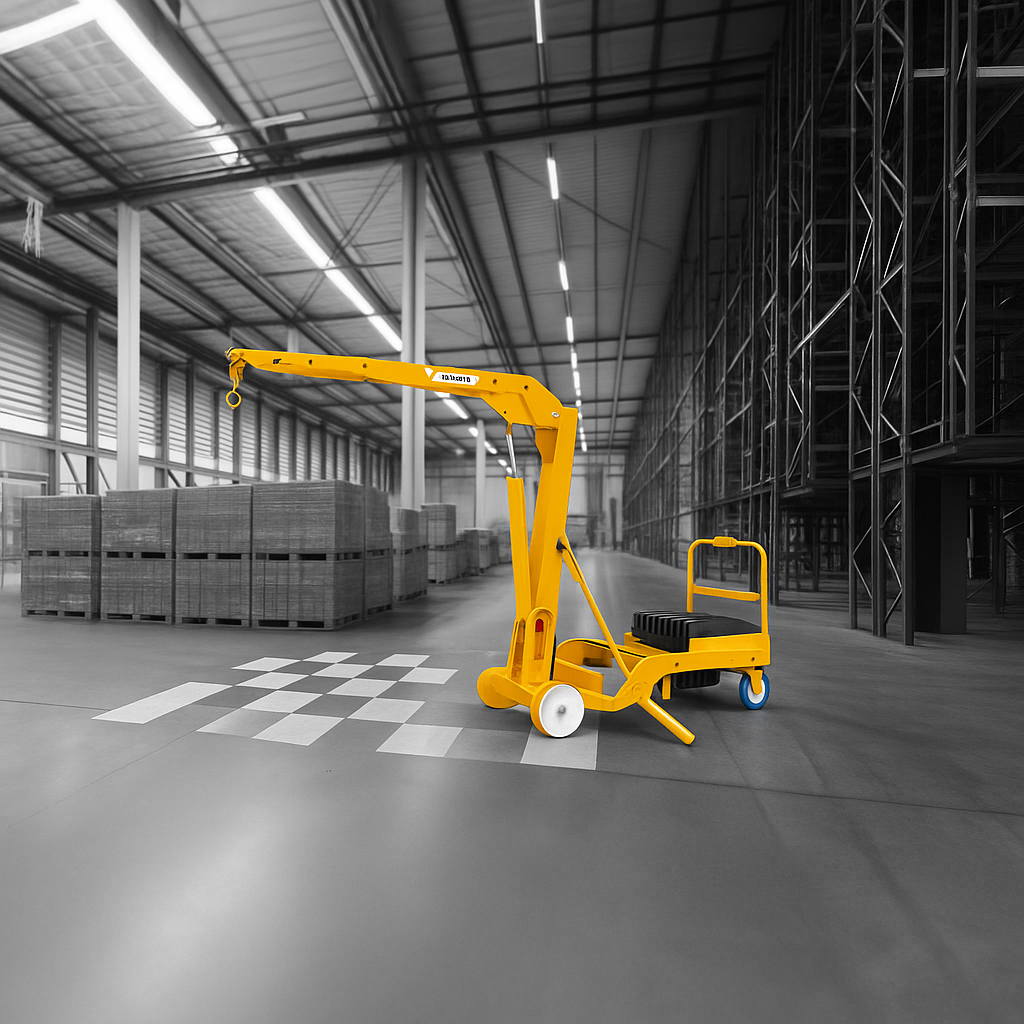In today’s world of rapid e-commerce, manufacturing, and logistics, material handling is the engine that keeps operations running smoothly. As businesses demand greater speed, precision, and efficiency, the move from manual processes to automated material handling systems (AMHS) has become a game-changer—especially with the advent of the fully automated warehouse.
But what exactly is an automated material handling system, and how does it function as the core of an automated warehouse? This comprehensive guide explores the technology, benefits, components, and best practices—helping you understand why leading organizations are investing in automated solutions for their warehouses and supply chains.

Table of Contents
ToggleWhat Is Material Handling?
Material handling involves the movement, storage, protection, and control of materials throughout the lifecycle of manufacturing, warehousing, distribution, and disposal. The tools, machines, and systems involved can be as simple as wheelbarrows or as advanced as robotic arms and automated conveyors.
For a thorough introduction, see What Is Material Handling?
What Is an Automated Material Handling System?
An Automated Material Handling System (AMHS) refers to a fully integrated solution that leverages robotics, software, and smart equipment to move, store, retrieve, and manage goods automatically—often without any direct human intervention. In many cases, this system is the backbone of an automated warehouse.
Key Features:
- End-to-end automation: Covers receiving, storage, picking, packing, shipping, and even inventory management.
- Real-time data: Uses sensors, cameras, and software to monitor, track, and optimize every movement.
- Seamless integration: Can connect with ERP, WMS, and other digital tools for supply chain visibility.
Core Components of an Automated Material Handling System
1. Automated Storage and Retrieval Systems (AS/RS)
Computer-controlled systems that place and retrieve loads from specific storage locations. These maximize vertical space and offer high-density storage.
2. Conveyors in Construction and Warehousing
Automated conveyor belts, rollers, and overhead conveyors move materials throughout the facility, eliminating manual transport.
3. Automated Guided Vehicles (AGVs) & Autonomous Mobile Robots (AMRs)
Self-driving vehicles that move pallets, bins, and goods around the warehouse or production floor.
4. Robotic Picking and Packing Systems
Robots and robotic arms pick, place, sort, and pack products with precision, reducing human error.
5. Lifting and Positioning Equipment
Smart hoists and cranes, Vacuum Lifters, and even advanced Aardwolf Slab Lifters help automate the handling of bulky or heavy loads.
6. Warehouse Control Software (WCS) & Warehouse Management System (WMS)
Software that orchestrates all material movements, optimizes workflows, and maintains real-time inventory visibility.
Learn more about essential Material handling Equipment.
How Does an Automated Warehouse Operate?
An automated warehouse leverages all the above systems to create a seamless, self-operating environment:
- Receiving: Automated conveyors or AGVs transport inbound goods from receiving docks to storage.
- Storage: AS/RS places products in the optimal location, making use of every cubic foot of the warehouse.
- Order Fulfillment: Robotic pickers retrieve items and deliver them to packing stations, which can also be automated.
- Shipping: Automated systems transport packed orders to outbound docks.
The result? Maximum speed, accuracy, and throughput with minimal manual intervention.
Benefits of Automated Material Handling Systems
1. Reduce Labor Costs in Construction and Warehousing
Automation dramatically cuts down on manual labor, reducing wage costs and minimizing the risk of injuries from lifting or repetitive tasks.
2. Improve Safety on Construction Site and in Warehouses
By minimizing manual handling, automation reduces accidents, musculoskeletal disorders, and human error.
3. Increase Construction and Warehouse Productivity
Automation operates 24/7, with consistent speed and accuracy—boosting throughput and keeping up with modern demand.
4. Minimize Material Waste
Automated systems are programmed for precision, reducing product damage, loss, and costly mistakes.
5. Optimize Space Utilization
High-density storage solutions and vertical AS/RS systems make the most of every square meter.
For real-world advantages, see What Is Material Handling Equipment and Material-handling Equipment.
Types of Material Handling Equipment in Automated Warehouses
- Conveyors
- AGVs/AMRs
- Robotic Palletizers
- AS/RS
- Automated cranes and hoists
- Automated picking systems
- Specialty lifters for unique materials, such as Aardwolf Slab Lifters, Vacuum Lifters, and Jib Cranes
Discover more at What Are the Types of Material Handling Equipment?
Manual vs. Motorized vs. Automated Material Handling
- Manual: Wheelbarrows, carts, and hand trucks. Suitable for simple or low-volume operations.
- Motorized: Forklifts for construction, powered conveyors, electric hoists. Ideal for higher throughput with less labor.
- Automated: AS/RS, AGVs, robotic picking, and warehouse control systems—delivering maximum efficiency and minimal labor costs.
See the differences at Which of the Following Is a Motorized Material Handling Device.
Challenges and Considerations for Implementation
- Initial investment: Automation can require significant upfront capital but delivers long-term ROI through savings and efficiency.
- Integration: Seamless connection between software and hardware is critical.
- Training: Teams must be trained in the use and troubleshooting of automated systems.
- Customization: Every warehouse is unique—systems should be tailored to your specific inventory, volume, and workflow.
Real-World Example: Automated Warehouse Success
A global retailer deployed AS/RS, conveyors, and robotic pickers across its distribution centers. The outcome was a 40% increase in order fulfillment speed, a 30% reduction in labor costs, and near-perfect inventory accuracy.
Conclusion
An automated material handling system transforms traditional warehouses into intelligent, responsive environments capable of meeting today’s business demands. With advanced equipment such as Vacuum Lifters, Jib Cranes, and vertical AS/RS solutions, companies gain a powerful advantage in cost, safety, and customer satisfaction.
For more expert insights, visit:

















Please log in to leave a comment.